We love video games not because we don’t have a life, but to live a lot of them: find out why in our LIVE A LIVE review
The adage that touches the heart of those who hold it together with the controller poetically describes the passion that distinguishes all of us gamers, but it has never been understood in such a literal way as in our today’s object of review: the remake of a classic from the past, LIVE A LIVE. What is the video game, basically? Pastime for some, passion for many others. Sometimes escapism, and always art beyond doubt. Of course, this time our scrutiny went through the lens of escapism, thanks to a summer job away from the home of the writer. Yet, the artistic vocation is breathed in every moment of the game.
The title examined was originally released in 1994, only in Japan, and then officially unveiled to the western public in that dazzling Nintendo Direct last February. Given the reputation of the game as a niche object (“cult” if you like), the question is legitimate: why? What was the value of such an embargo that lasted almost thirty years in this respect? It is certainly not a negligible period of time, after all. We Europeans in particular are used to expectations, without ever really understanding their motive. And given the quality of this “multiple” adventure, never before is there really something to scratch your head.
Yesterday Today and Tomorrow
The plot of LIVE A LIVE is distributed in stages, to the point that treating it in the review would do the game a disservice. There is a demo available on Nintendo eShop, which allows you to transfer save data to the full game – do yourself a favor and enjoy some of the chapters featured in it. You will then draw your own conclusions. As for ours, we can describe this gem as the spiritual predecessor of Octopath Traveler. In other words, we have seven characters chronologically distant from each other, whose lives will only intertwine much later.
The title description on Nintendo eShop features three unmistakable PEGI symbols: violence, sex and bad language. Unlike a random Grand Theft Auto, where the more adult content sets a constant tone to the whole adventure, here the mold of each chapter is decidedly authorial. The creative freedom given to the development team, today as in 1994, allows really different adventures from each other. The character design boasts a different pencil for each chapter (such as the mangaka Gosho Aoyama, author of Detective Conan, for the sunset of Japan Edo), passing from oriental stories steeped in solemnity to decidedly more peppery dialogues in the wild west.
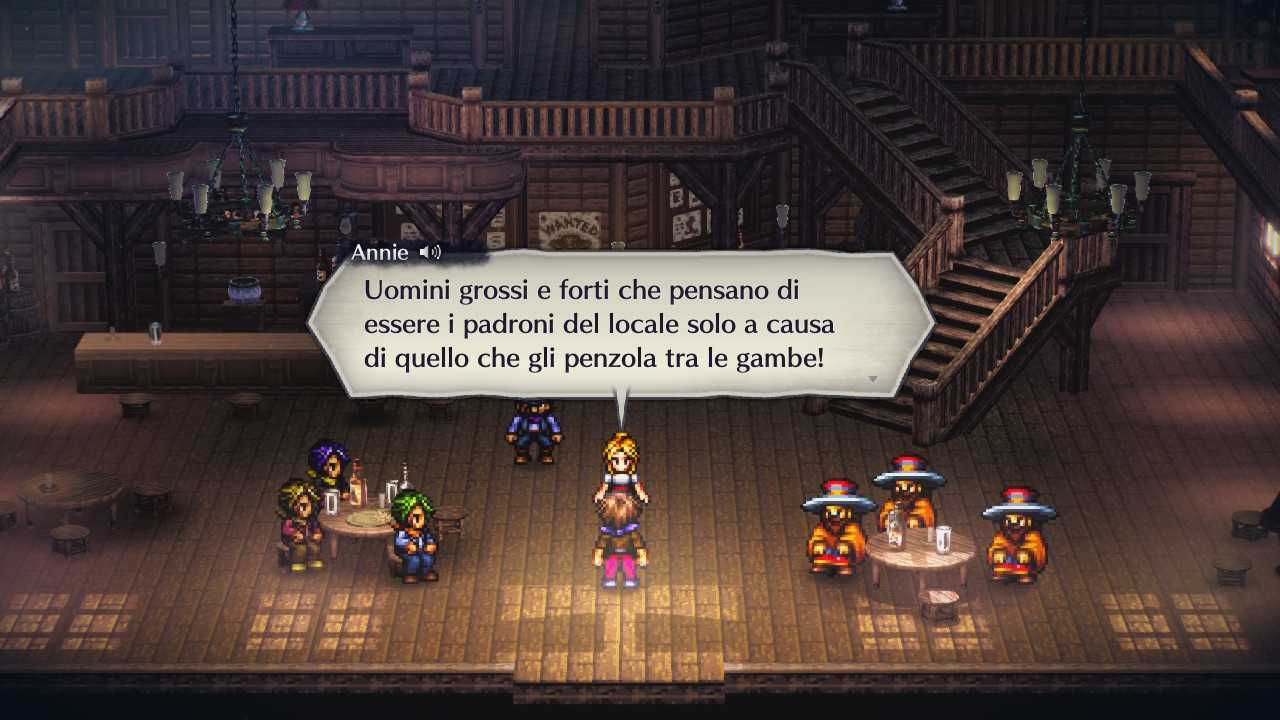
Anthology take me away – LIVE A LIVE review
Of course, artistically you can say everything and the opposite of everything on LIVE A LIVE, but if you are reading our review you will want to know more about the gameplay. It will not surprise you to know that all the canons of role-playing games (the workhorse of both Squaresoft at the time and Square-Enix today) are present, at least on the surface. So expect turn-based battles (with a Megaman Battle Network-style grid structure), equipment, care and so on, without forgetting the level increase of the case. Similarly, the exploration of the overworld takes place exactly like in any of the first six Final Fantasy.
However, going deeper it turns out that the model offered in the battles is the only true standard of the game. Every narrative pretext is linked to the gameplay in such a way as to propose many different game design ideas. The final result is a showcase of many small role-playing games united only by the plot and the unfolding of the clashes. We do not know if it is correct to call this title an RPG “according to the developers of WarioWare”; we would prefer to describe it as an anthology. Or a box of chocolates, if you prefer a discounted quote to Forrest Gump.
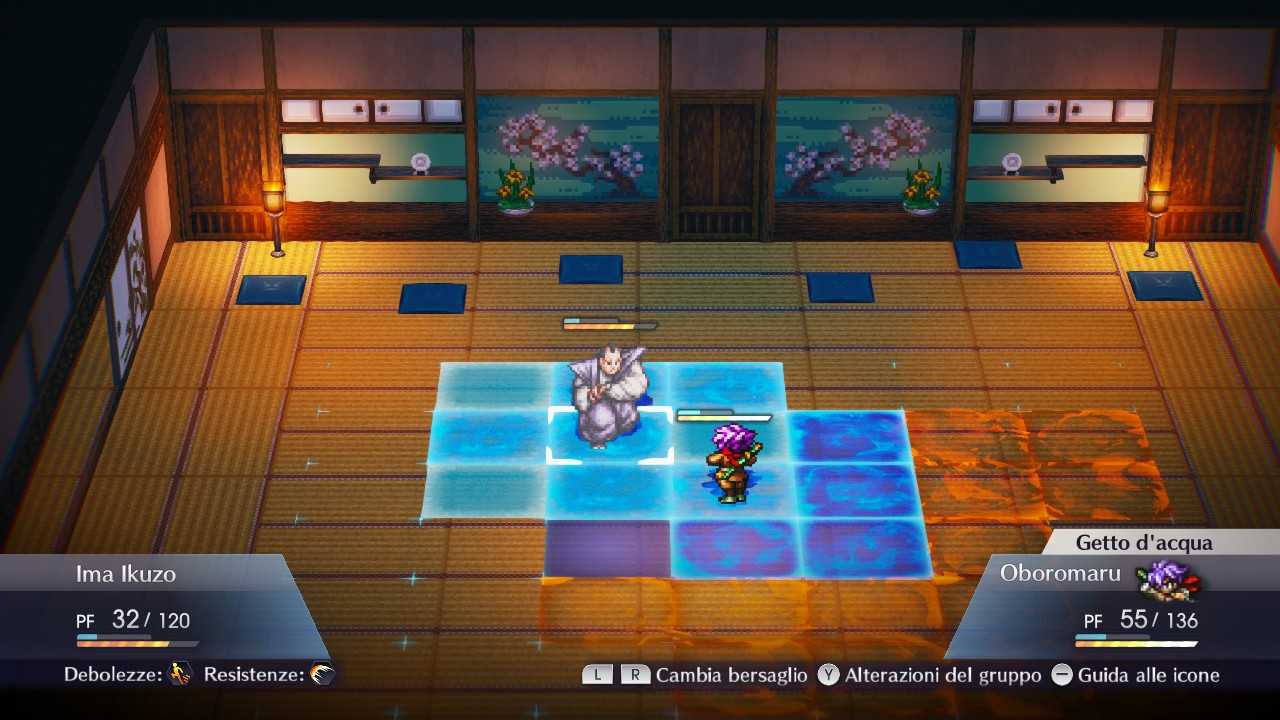
Speechless – LIVE A LIVE Review
Let’s take as an example one of the chapters absent in the demo: prehistory. Instead of courtly dialogues in a plot full of epicness, we have the dawn of mankind shown in all its humility, with a primitive language. A script otherwise full of long exchanges of words therefore gives way to guttural sounds, while it is the sprites that suggest what the characters want to say. You will take us for fools to hear us say it, but trust us: everything works perfectly, and the simple descriptions of objects and skills to use in battle (the resistant ax is, literally, “stick and stone to make ax to cut”) they only increase theimmersion.
Similarly, every fight comes contextualized in a different way. In the case of prehistoric times, the protagonist and his ape appears fight mainly (and initially) to hunt. Moving on to the aforementioned sunset of the Edo period, a shinobi must make his way into a Japanese stronghold preferring the stealth approach. The result is a cross between Metal Gear and MOON (or Undertale, if you like), in which it is possible to eliminate any guard in your path, but not without the protagonist of the chapter mulling over the number of victims.
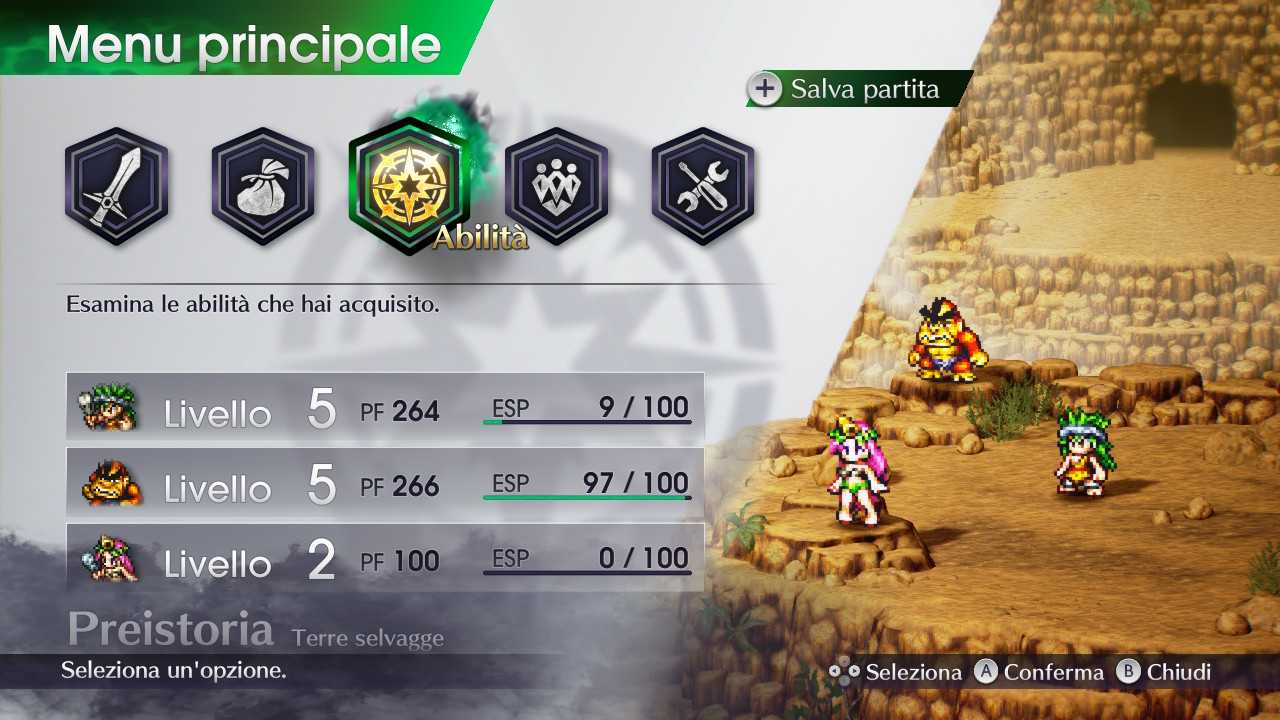
Russian Roulette – LIVE A LIVE Review
The gameplay roulette, which includes the sense of smell in the prehistoric chapter and the reading of the mind in that of the near future, from the exploratory phases also extends to fighting. Depending on the historical period in which you are playing, you have different skills to exploit. Escape, for example, exists in every scenario, but in the near future it is replaced by a teleport that will lead us (initially) to a random point on the map. In the wild west, however, our attacks will be mostly from a distance, for understandable reasons as dictated by the setting.
Similarly, the presence of cornerstones such as shops is anything but guaranteed. In the cave where the prehistoric chapter kicks off, for example, in the absence of currencies, trading is replaced by crafting elements. Not even the classic inns (or their equivalents) make their appearance, as the characters heal by default at the end of each fight. This contributes to one adventure (or many adventures, you see) a lot relaxed compared to other exponents of this vein, which can be both good and bad. It all depends on your approach to this title.
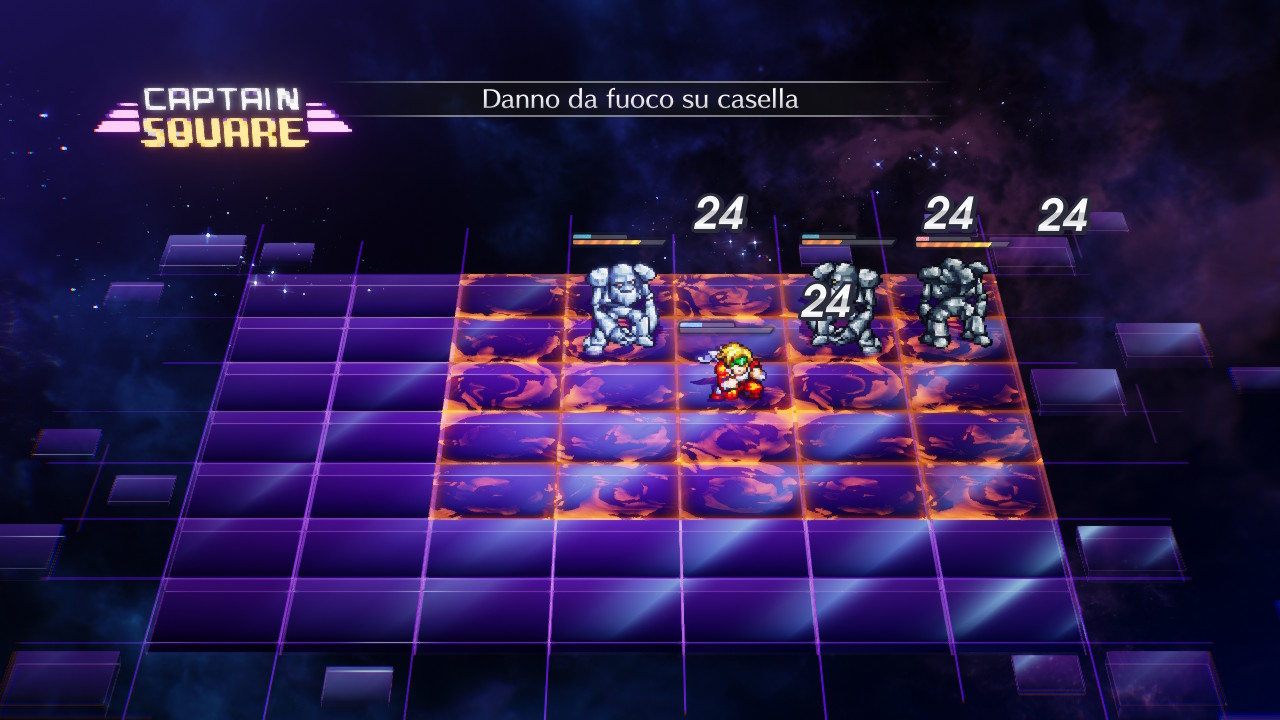
Elemental, Watson – LIVE A LIVE Review
The fights all take place on one grill from 49 cells (seven by seven), and the alternation between the various turns is managed by a bar below that of our life points. The bar charges and discharges according to our movements, on which the progress of the enemies also depends. There is therefore room for not a little strategy, especially considering that some attacks have an area of effect, while others have a diagonal range. Sometimes the moves (with no limited magic points as in other RPGs) can also generate lasting effects on tiles to inflict prolonged damage to enemies and allies.
There are also attacks that enemies can resist, or conversely, be vulnerable to. All this, however, comes sufficiently simplified (again, the game is pretty lenient, at least at first), and the same goes for exploration as well. In fact, at the bottom right there is a radar, which although it is far from acting as a real map is a great way to avoid one too many Google searches. In short, suggestions are never lacking, making this exponent of the genre a great springboard for newbies. As well as, of course, a good excursus for veterans looking for something new.
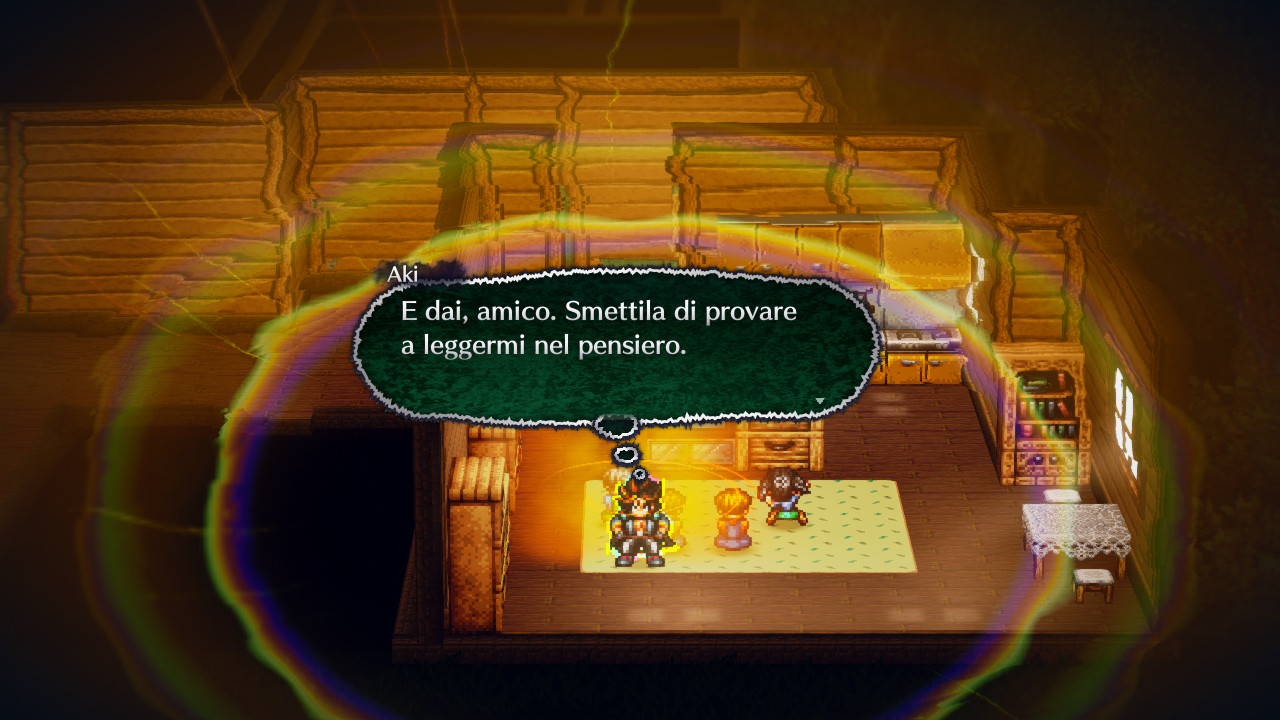
Arcadia – Review LIVE A LIVE
It must be said that the “quality-of-life” changes are certainly not lacking, given the frequent ones autosaves and the aforementioned radar. With the exception of the occasional overhang, the difficulty curve allows everyone to easily enter the different worlds offered by the game. The grinding to level up it is present almost everywhere, but never in an excessively cumbersome way; some chapters even “punish” players with no sense of proportion. The anthological approach of the game extends to an almost arcade soul, given the automatic healing of the characters after each fight. The choice of the chapter, at the first start, rotates the episodes available automatically: there is no precise order.
Probably the most striking example of the arcade essence is the chapter set in the present day, in which between a fight and the other there is a character selection screen that makes the verse to Street Fighter. Leaving aside the genius of a role-playing game where we have to let ourselves be hit by the moves to learn them, however, perhaps the game sometimes exceeds zeal in its variety. The option of change chapter freely is very welcome, but the game offers us to replay a chapter from the beginning with worrying ease. If nothing else, however, the title benefits enormously in terms of replayability. The epilogue that interconnects the seven stories can only be reached by completing them.
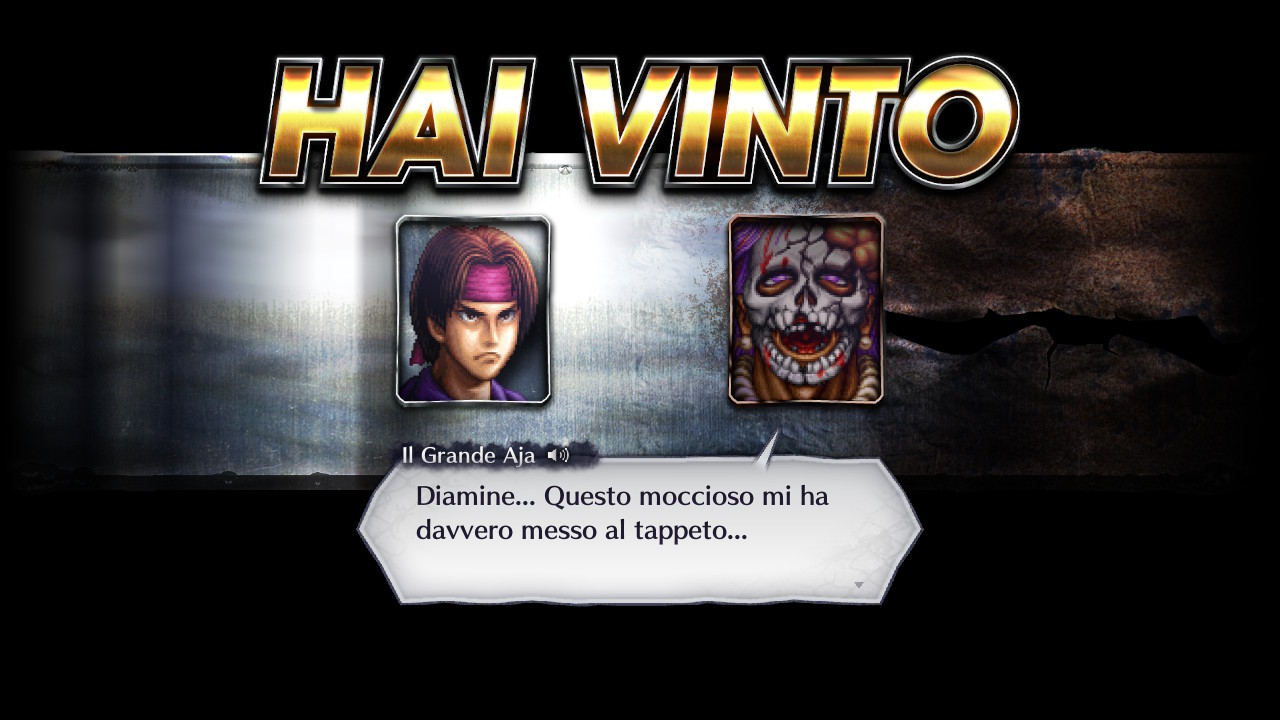
Arts and Crafts – LIVE A LIVE Review
We could hardly add anything else to see the genius of this title: the time has come to talk about it from a technical point of view. If this reviewer allowed himself to allude to his extra-national work commitment in the beginning, it is because every screen you see here (in the absence of a monitor) was taken in portable mode. One more reason to promote la graphics HD-2D of this great little pearl. Of course, there are some movements of characters and supporting actors who betray the illusion, but beyond the remnants left over from the original, there is very little to complain about. Octopath Traveler is really teaching.
On sonorous, likewise, we have no complaints whatsoever. The music of the game is the work of a Yoko Shimomura in a pure state of grace, while preceding her work for the Kingdom Hearts saga. Each song contributes to an out-of-the-ordinary atmosphere, especially now that the remake has infused new life into the soundtrack thanks to a brand new instrumentation. (We are still whistling Kiss of Jealousy and Waiting for Truth!) We would also like to applaud the dubbing which, as has become tradition for Square-Enix over the last few years, is at a very high level. Some dialogues may not have aged very well, but the talented vocal cords called into question still manage to give them dignity.
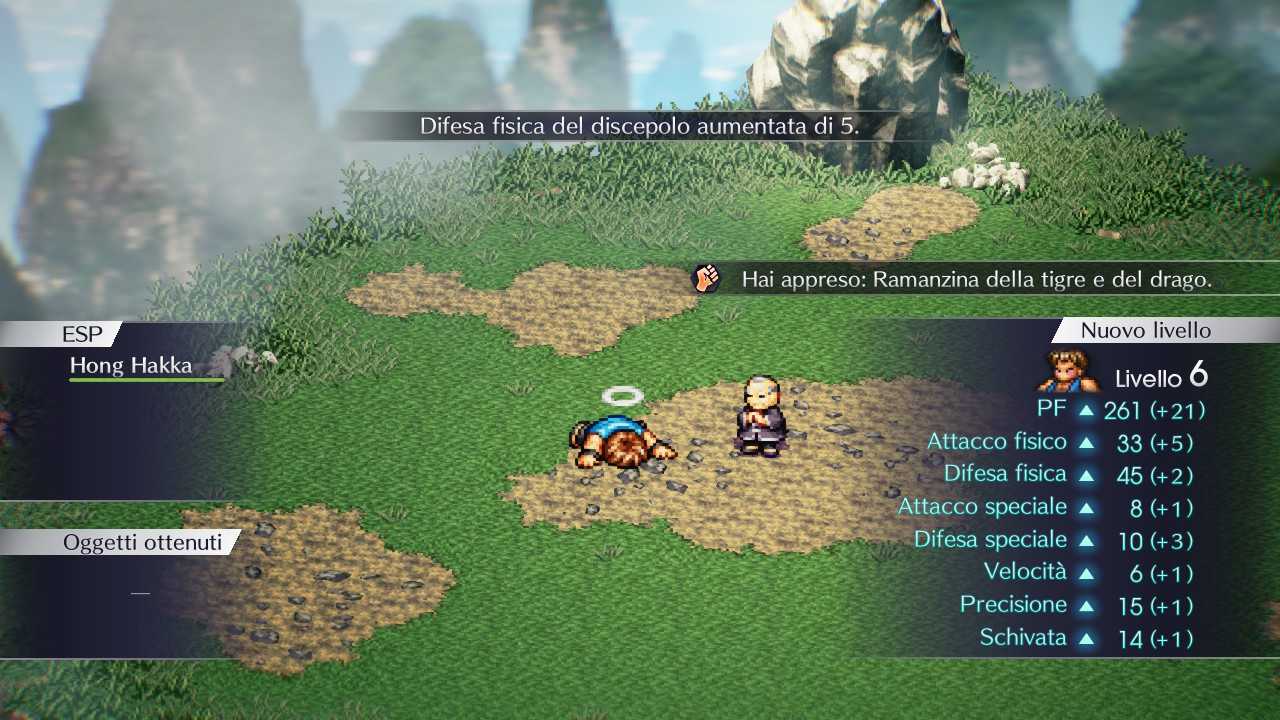
Final considerations
Let’s give a monetary context to this review: the cost of LIVE A LIVE is 50 euro. For a 1994 game, it may not be for everyone. But if you want an example of what roleplaying games (specifically those baked by mom Square) have to offer, you might not find a better showcase than this. The range of different experiences, born for the sake of experimentation or more simply for the love of the genre that the publisher has consecrated, was out …






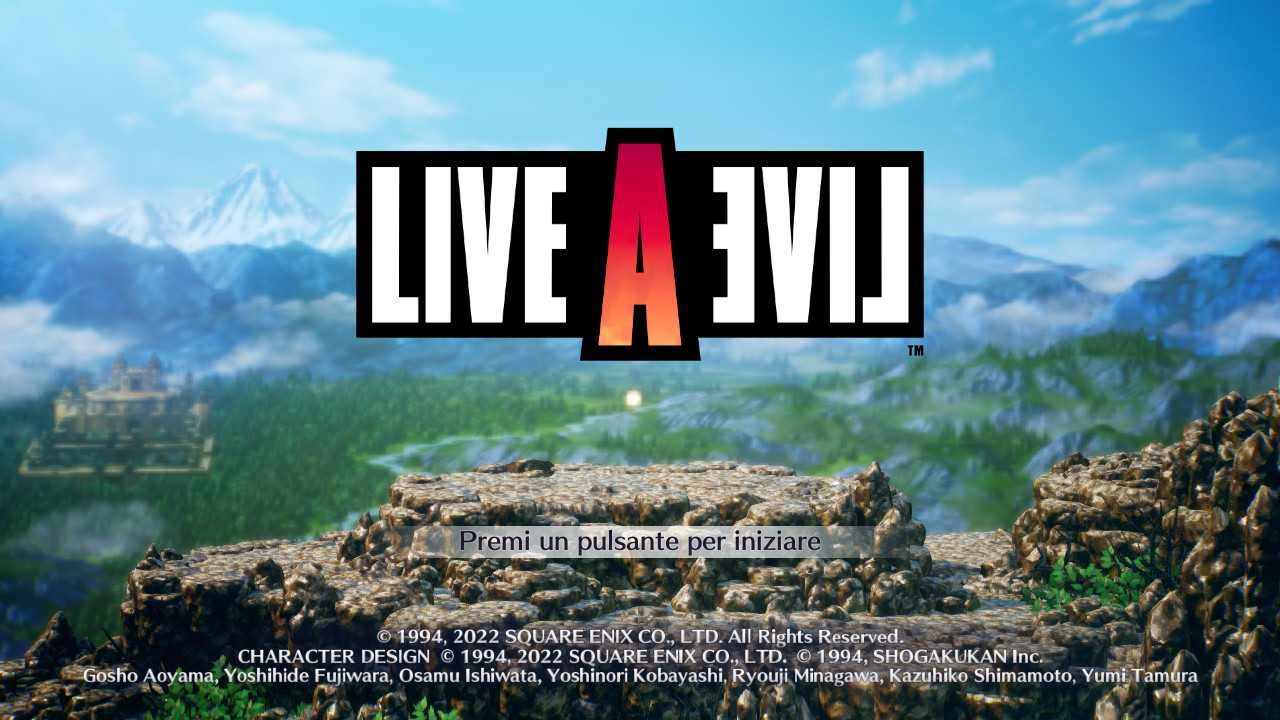





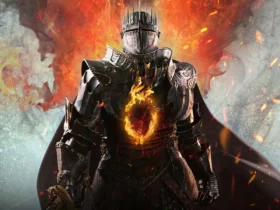

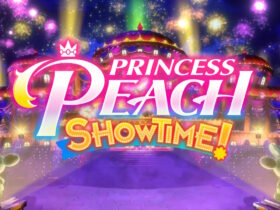
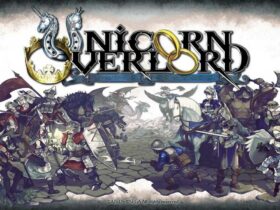
Leave a Reply
View Comments